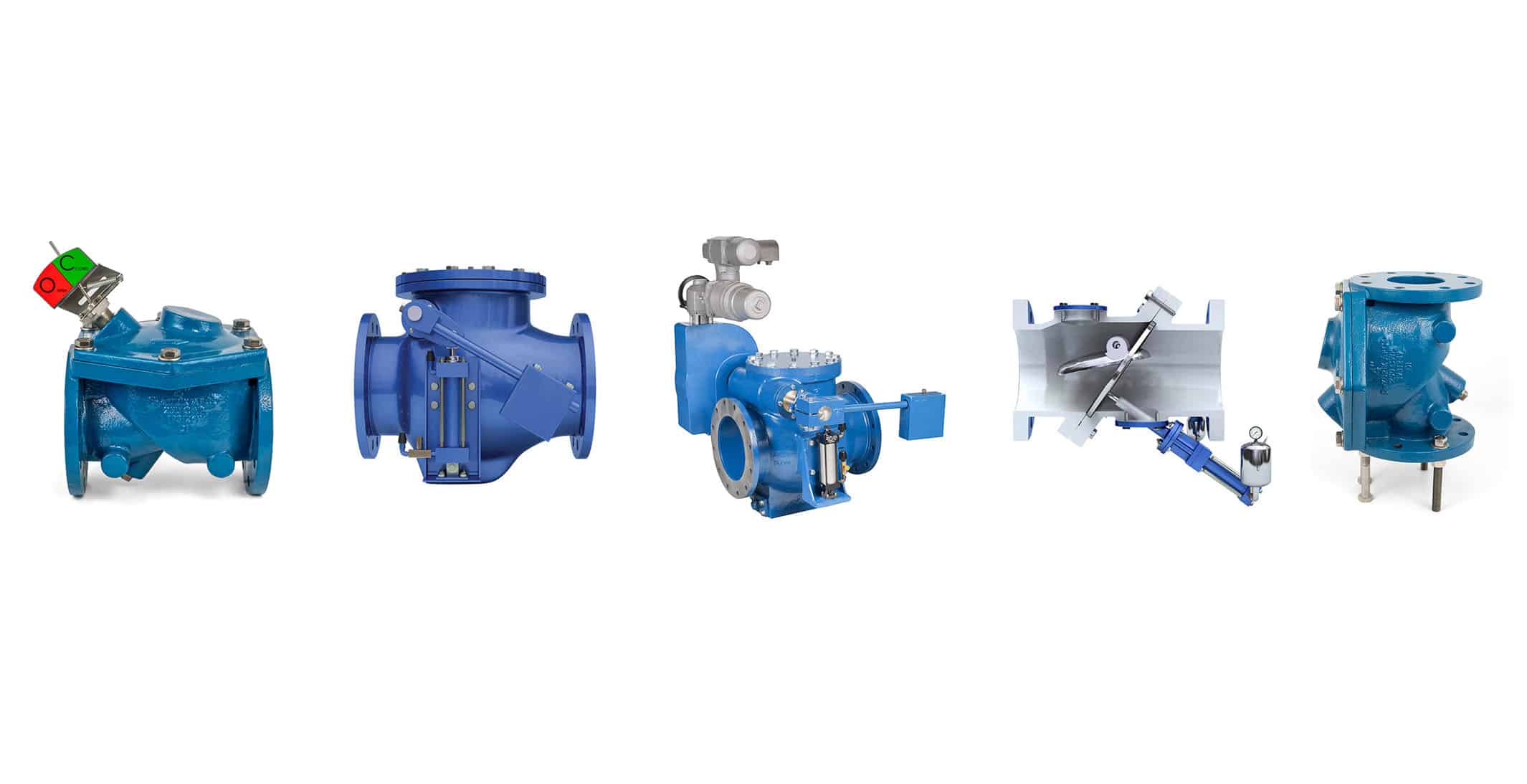
Check Valve Installation Tips to Maximize Process Performance
roper check valve installation is a key consideration in successful system performance. The AWWA C508 standard describes check valves, which play a critical role in preventing backflow.. They protect pumps and compressors in a process system and prevent went wells from flooding. Proper selection and installation will prevent premature wear of the valve and an unscheduled shutdown. The keys to successful performance are valve selection, size, pipeline installation and cost of ownership. Time spent evaluating these key considerations will maximize check valve operational performance. The pumping system’s design should be evaluated before selecting a valve. If surge issues are a concern, the valve manufacturer should perform a surge investigation. A surge investigation can reveal whether a pump control valve is more suitable for the application than a check valve.
Valve installation in the pipeline is a critical consideration to the success of the check valve. The recommendation by Manufacturers Standardization Society of the Valve and Fittings Industry (MSS SP- 92) is to install a check valve at a minimum of 10 pipe diameters of straight pipe on the downstream side from tees, fittings, increasers, or pumps and 5 pipe diameters from elbows to ensure laminar flow with minimum turbulence to minimize disc movement and premature wear. However, many facilities with smaller footprints have acceptable performance in systems with the check valve installed 5 pipe diameter lengths of straight pipe from the downstream side of tees, fittings, increasers, or pumps and 3 pipe diameters lengths from elbows. Consult the valve manufacturer for design pipe distances less than the recommendation by MSS.
The key considerations described in this article will extend the life of the check valve, ensure proper protection of process equipment, and prevent an unplanned shutdown.